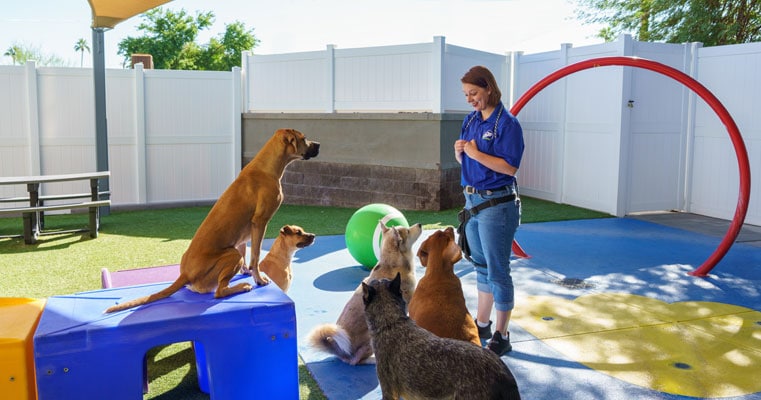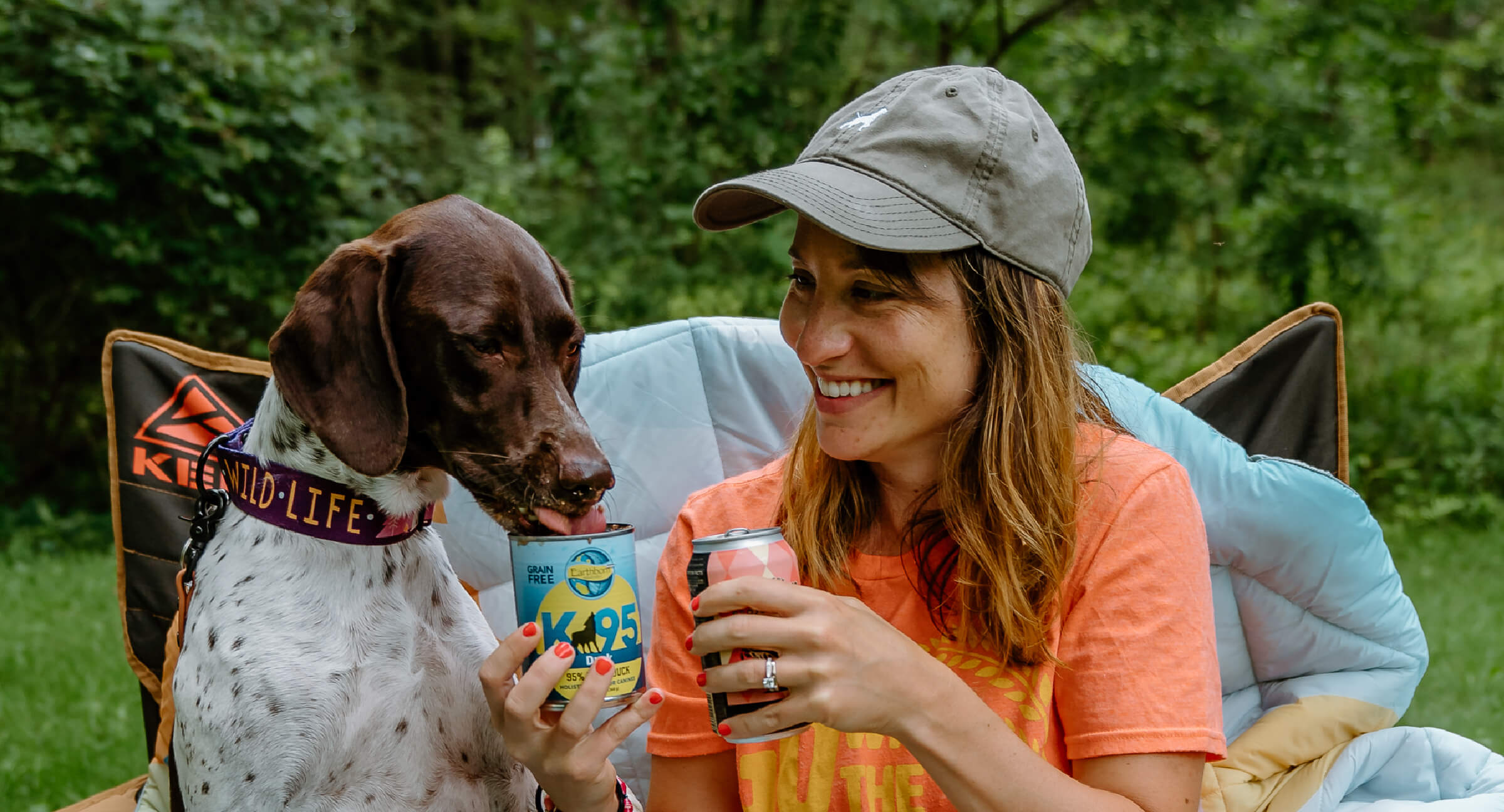Essential Techniques for Reliable Dog Training You Need to Know
Essential Techniques for Reliable Dog Training You Need to Know
Blog Article
Necessary Tips for Successful Dog Training: A Guide for Animal Owners
Efficient pet training is a multifaceted procedure that calls for a calculated method customized to both the pet's character and the proprietor's purposes. Recognizing just how to navigate these obstacles can dramatically boost the training experience, eventually transforming the relationship between proprietor and dog.
Understanding Dog Behavior
Comprehending dog habits is important for reliable training and cultivating an unified partnership in between pooches and their owners. dog training. Canines connect largely with body language, articulations, and activities, making it crucial for proprietors to interpret these signals properly.

Socialization plays a significant function in dog behavior; direct exposure to numerous settings, individuals, and other animals can significantly affect a pet dog's personality. Furthermore, aspects such as type characteristics and individual character need to guide training methods, as some breeds might have specific behavioral characteristics that demand tailored approaches. By recognizing these aspects, owners can produce an encouraging setting that urges favorable behavior, causing successful training end results and a much deeper bond with their pet dogs.
Developing Regular Commands
Effective communication with your canine starts with developing regular commands. This fundamental aspect of training is important for promoting understanding between you and your pet. Consistency in the commands you use guarantees that your dog can dependably associate specific words or phrases with the preferred actions.
When choosing commands, pick clear, unique words that are simple to set apart and claim from each other. Prevent making use of similar-sounding commands that might puzzle your pet. For instance, making use of "sit" and "stay" is proper, but "rest" and "hit" might cause misunderstandings.
Additionally, preserve the same tone and volume for each command. Pet dogs are sensitive to vocal cues, so differing your tone can develop complication.
It is just as essential to ensure that all household participants get on the exact same web page relating to the commands used. A united front in command use will certainly prevent mixed signals and reinforce the learning process.
Favorable Reinforcement Strategies
The power of favorable support in canine training exists in its capability to motivate desired actions through incentives and praise. This strategy is grounded in the principle that behaviors followed by beneficial outcomes are most likely to be duplicated. By incorporating positive reinforcement right into your training program, you can successfully form your pet's behavior in a constructive fashion.
To apply favorable reinforcement, it's necessary to determine what motivates your canine, whether it be treats, toys, or spoken appreciation. When your pet dog carries out a preferred action, such as resting on command, quickly compensate them with a treat or affection. This association in between the command and the positive outcome reinforces their understanding.
It's crucial to timing the benefits properly; providing the reinforcement within secs of the desired actions aids your pet dog make the link (dog training). In addition, uniformity is vital-- guarantee that all member of the family make use of the same commands and incentive systems to stay clear of confusion

Progressively, you can reduce the frequency of deals with as your pet discovers the behavior, transitioning to applaud or periodic benefits. This approach not only cultivates a solid bond in between you and your pet dog but also promotes a favorable knowing setting, making training a satisfying experience for both.
Socialization and Interaction
Constantly subjecting your pet dog to a selection of settings, people, and various other animals is critical for their social development. Socialization ought to start early, ideally throughout the critical home window of 3 to 14 weeks, when pups are most responsive to new experiences. Nevertheless, older dogs can also take advantage of ongoing socialization initiatives.
Present your pet dog to different settings, such as parks, pet-friendly stores, and urban locations. This direct exposure assists them adjust to different stimulations, lowering anxiety and anxiety reactions. Urge favorable communications with other pet dogs and people, making certain that these experiences are regulated and risk-free to promote confidence.
Utilize structured playdates with well-mannered dogs, as this can improve your dog's social abilities and show them proper actions. Obedience courses and training sessions also supply excellent possibilities for socialization, enabling your canine to connect with others in a supervised environment.
Screen your pet's body movement during interactions, as this will certainly assist you evaluate their convenience degree. Slowly enhance exposure to even more difficult circumstances while ensuring that each experience is positive. A well-socialized pet is much more likely to display balanced actions, making them a joy to have in any setting.
Attending To Usual Training Obstacles
Every pet dog owner will experience training challenges at some factor, no matter their canine's age or socialization degree. Recognizing usual concerns such as stubbornness, distractions, and terror can aid in creating reliable strategies for enhancement.

Interruptions throughout training sessions can navigate to these guys derail emphasis. To combat this, begin training in a peaceful setting with very little stimulations. Progressively introduce interruptions as the dog becomes more skilled in commands. Short, constant training sessions are also efficient in keeping interest.
Terror can hinder a canine's learning procedure. Progressive desensitization to the source of concern, matched with favorable reinforcement, can aid reduce anxiety. Persistence is try this site important; never require a canine right into a situation that causes distress, as this may intensify the issue.
Ultimately, understanding and dealing with these common challenges with an organized technique will promote a more efficient training experience, reinforcing the bond in between canine and proprietor while promoting reliable understanding.
Final Thought
In summary, successful pet dog training counts on an extensive understanding of canine actions, the establishment of consistent commands, and the application of positive support strategies. Socialization plays an important function in creating well-adjusted pets, while dealing with common training obstacles requires patience and adaptability. By implementing these necessary approaches, pet owners can cultivate a solid bond with their canines and advertise preferable habits, inevitably resulting in a harmonious relationship between people and their canine buddies.
Understanding canine habits is important for reliable training and promoting an unified connection in between pooches and their proprietors.Socialization plays a substantial duty in pet behavior; direct exposure to different environments, individuals, and other animals can considerably impact a canine's personality.The power of favorable support in dog training exists in its ability to urge wanted behaviors via benefits and appreciation. By integrating positive support into your training routine, you can efficiently shape check out here your dog's behavior in a constructive fashion.
In recap, effective pet dog training depends on a comprehensive understanding of canine habits, the establishment of constant commands, and the application of positive support strategies.
Report this page